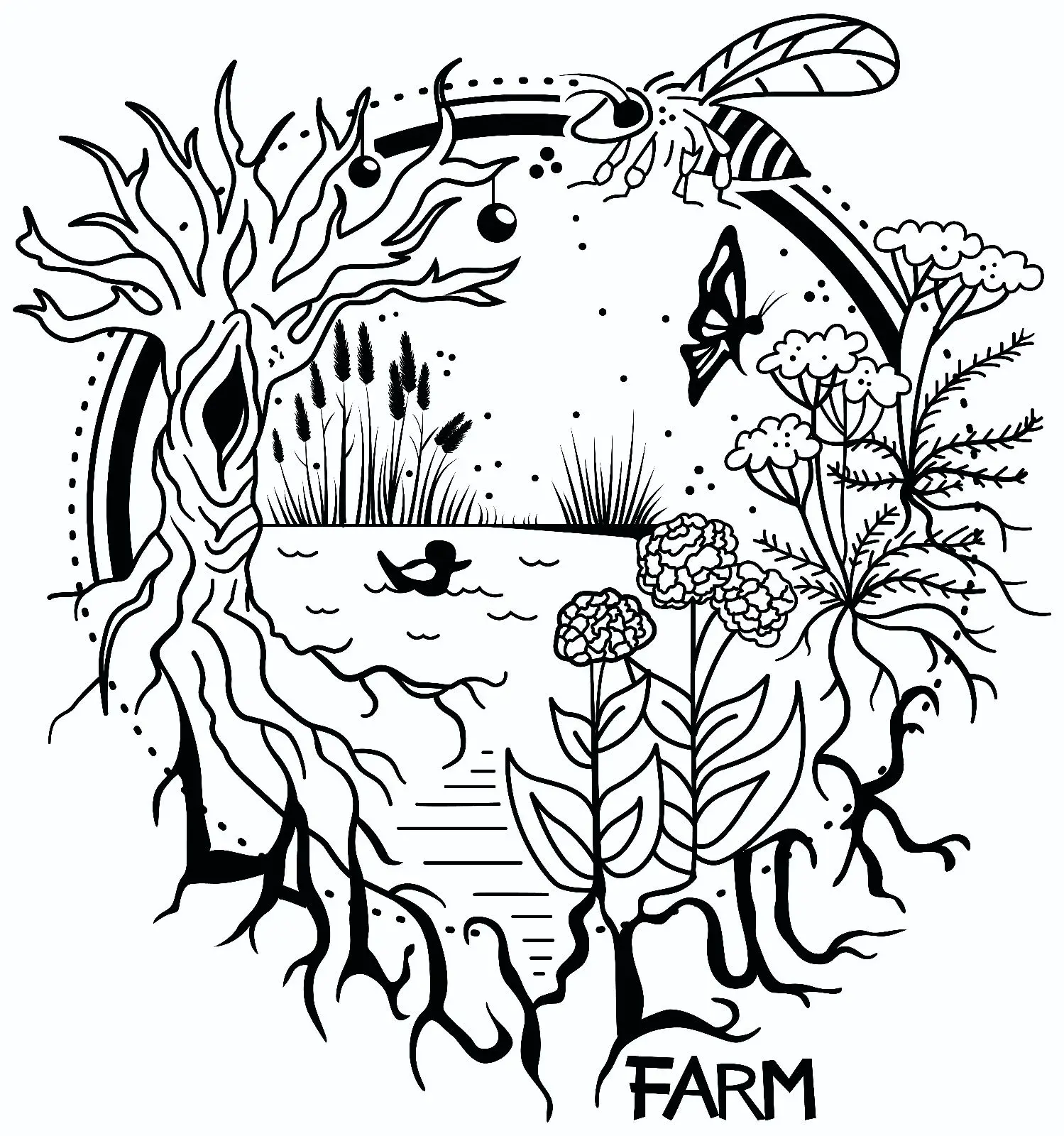This is great, and I hope they see a vast improvement in outcomes for their patrons! Our local food pantry moved to this model last year and it’s had a large impact for folks not having to see what was boxed up and then shop for what they didn’t get, which has helped those families keep to their budgets
This is a fantastic model for food banks. I volunteered at a distribution site in Texas that uses this model almost 15 years ago though, so I don’t know about “first-of-its-kind.” All food banks should offer this option though, imo. It really destigmatizes seeking help and enhances the dignity and self-respect of everyone involved. It also leads to more efficient use of donations, as people only take what they want to eat and leave what they don’t want for someone else.
🤖 I’m a bot that provides automatic summaries for articles:
Click here to see the summary
She pushed her one-month-old daughter in a stroller as her sister-in-law and two-year-old niece followed with a shopping cart choosing the necessities: milk, eggs, bread, cornmeal, fresh pasta and organic fruits and vegetables such as strawberries, red onions and sweet potatoes – all for free, with no line.
The market, which sits within a few blocks of seven transportation lines in the historically Black Bayview neighborhood, is the brainchild of local lawmakers and community advocates.
Inspired by similar markets in Nashville and Santa Barbara, city and community leaders set out to transform a former Italian grocery that served ravioli and tagliarini before closing in the 1980s.
Clients are polled on their way out, too, so Shugerman can continue to be culturally responsive – say, making sure they always have coconut milk or Maseca, a popular instant corn masa flour, or the right kinds of noodles, from cellophane and egg to spaghetti.
The market will be open twice a week as it ramps up to serve 1,500 people, who must live in a nearby zip code, receive public assistance and have a child in the home.
Shoppers receive a membership card similar to Costco’s, and signs in English, Spanish, Samoan and simplified Chinese direct the diverse clientele.
Saved 80% of original text.




